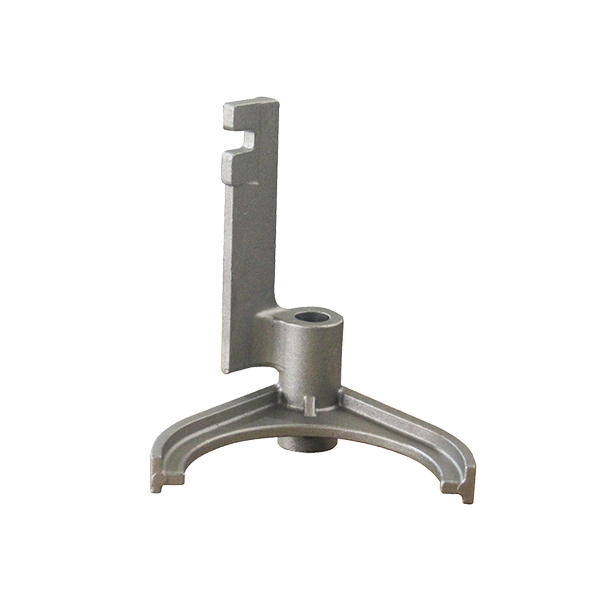How are aluminum alloy castings made
The types of aluminum alloy castings are as follows: due to the different composition of aluminum alloy, the physical and chemical properties of the alloy are different, and the crystallization process is also different.Therefore, it is necessary to reasonably select the characteristics of cast aluminum alloy.

To prevent or reduce the occurrence of casting defects within the licensed scope and to optimize the casting.Aluminum alloy casting process properties are generally understood as those that stand out during filling, crystallization, and cooling.Comprehensive performance.Fluidity, shrinkage, air tightness, casting stress and suction.The properties of aluminum alloy depend on the composition of the alloy, casting factors, alloy heating temperature, mold complexity, riser system, gate shape, etc.(1) fluidity refers to the ability of the alloy liquid to fill the mold.Fluidity determines whether an alloy can be used to make complex castings.Eutectic alloy has the best fluidity in aluminum alloy.There are many factors that affect fluidity, mainly the composition of solid phase, temperature and metal oxides, metal compounds and other pollutants in the alloy liquid.However, the external fundamental factors are pouring temperature and pouring pressure (commonly known as pouring head).(2) shrinkage rate is one of the main characteristics of cast aluminum alloy.Generally speaking, the alloy is poured from the liquid to solidify until it is cooled to room temperature in three stages, namely, liquid contraction, solidification contraction and solid contraction.The shrinkage of the alloy has a decisive effect on the quality of the casting.And the change of scale.Generally, casting shrinkage is divided into bulk shrinkage and linear shrinkage.In practice, linear shrinkage is usually used to measure the shrinkage of alloys.The shrinkage of aluminum alloy is usually expressed as a percentage, called shrinkage.Shrinkage includes liquid shrinkage and solidification shrinkage.From casting to solidification, macroscopic or microscopic shrinkage occurs during final solidification.This macroscopic contraction caused by contraction is visible to the naked eye and is divided into concentrated contraction Chambers.Dispersed shrinkage cavity.Concentrated shrinkage holes are large and concentrated in diameter and are distributed at the top of the casting or on the hot part with a thick section.The shape of dispersed shrinkage cavity is dispersed and small, and most of them are distributed on the casting shaft.Hot section.Microscopic shrinkage is difficult to see with the naked eye.The microshrinkage is mainly distributed between grain boundaries or dendritic crystals.Shrinkage and porosity are one of the main defects of casting.The reason is that the liquid contracts.It's bigger than the solid shrinkage.It is found that the smaller the solidification range, the easier it is to form concentrated shrinkage cavity.

The wider the solidification range, the easier it is to form a dispersed contraction cavity.Therefore, the casting aluminum alloy must conform to the principle of sequential solidification in design.In other words, the bulk shrinkage of the casting during the liquid to solidification process should be supplemented by the alloy liquid, and the shrinkage and loose concentration should be in the outer riser of the casting.For aluminum alloy castings that are easy to be dispersed and loose, the number of risers is greater than the number of concentrated shrinkage holes.Place the chillers where they are likely to become loose to increase the local cooling speed so that they can be cured simultaneously or quickly.The shrinkage of the 2 - wire shrinkage line will directly affect the quality of the casting.The higher the linear shrinkage, the crack and stress will appear in the aluminum casting.The larger the size, the greater the change in size and shape of the casting after cooling.For different casting aluminum alloy, there are different casting shrinkage.Even if the same alloy has different castings, the shrinkage is different.On the same casting, the length is wide and the shrinkage rate is high.







